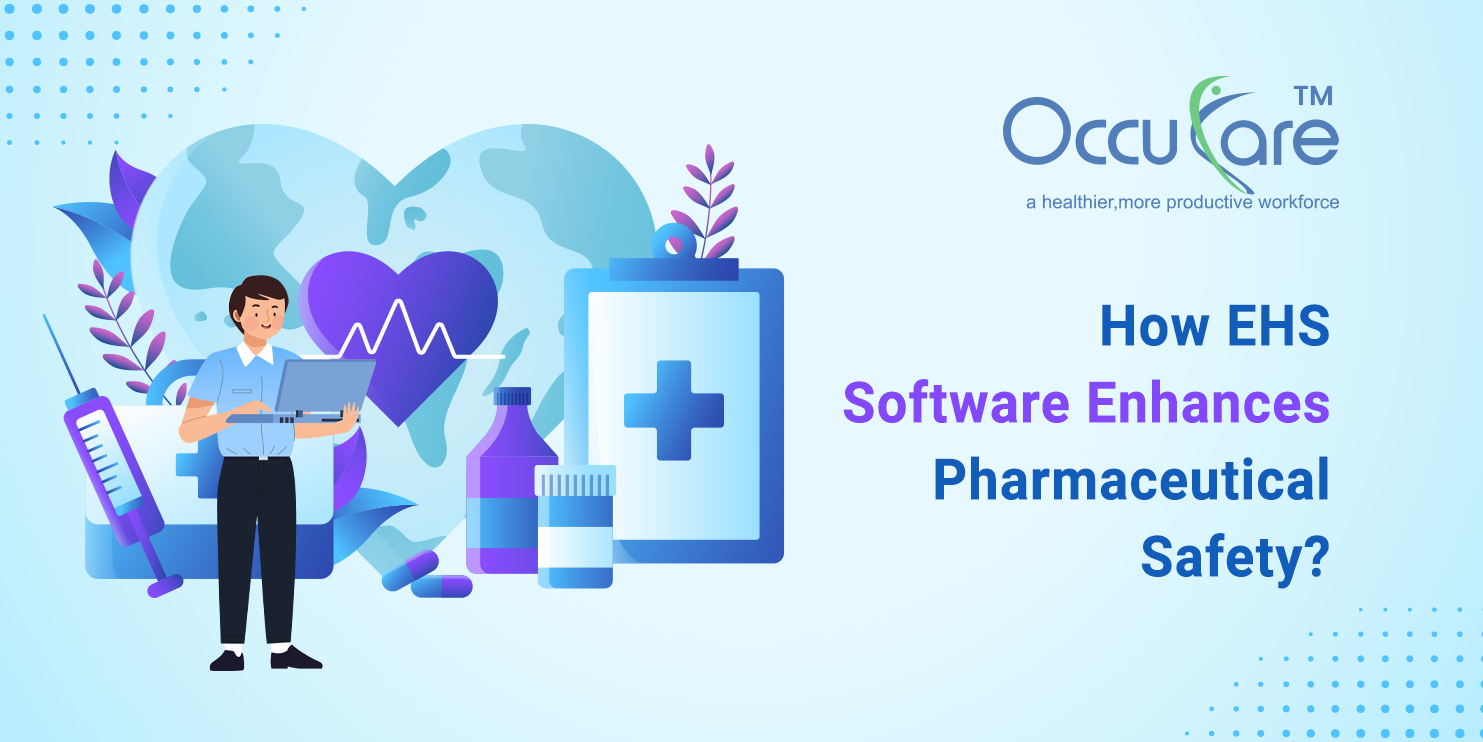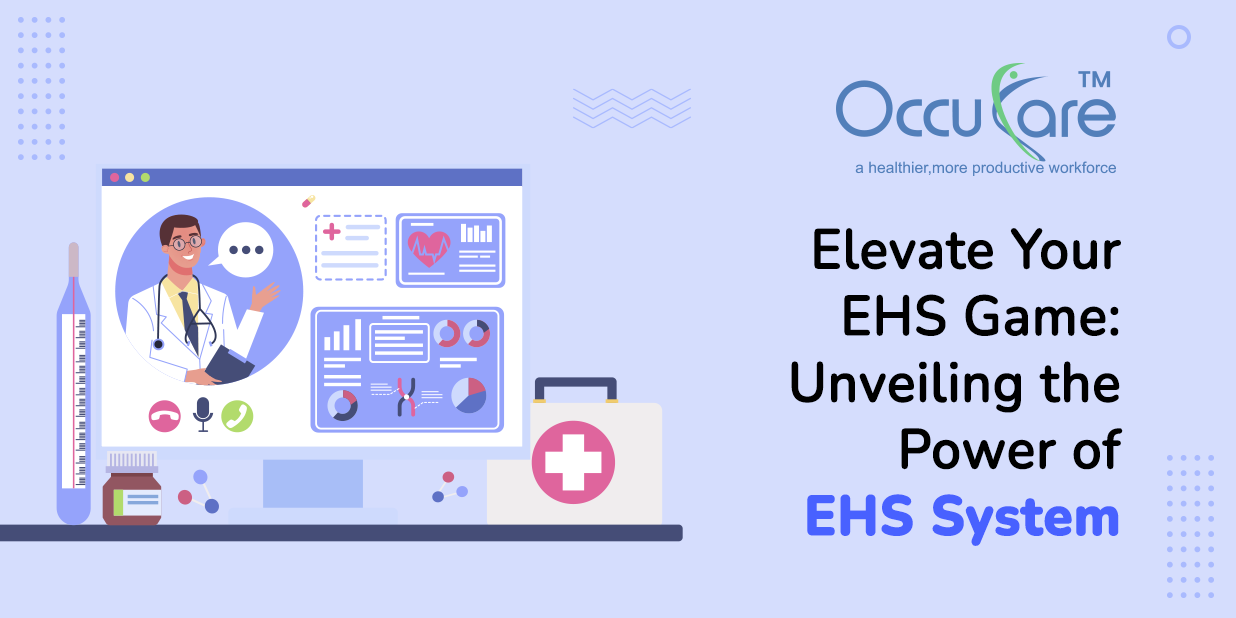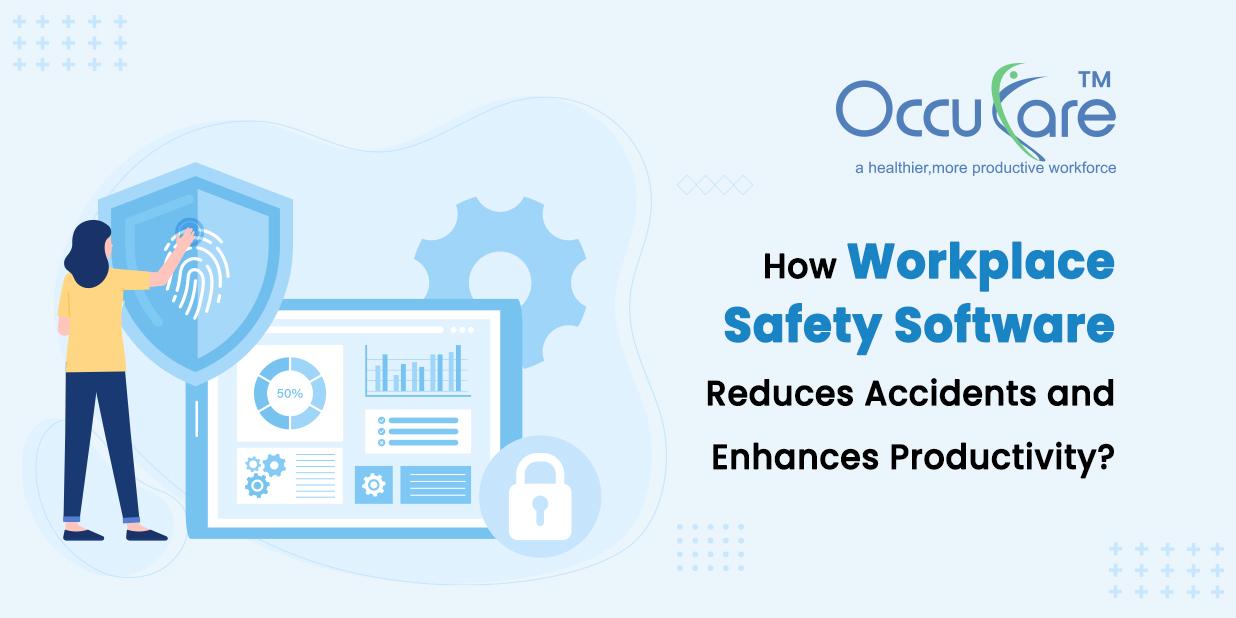The pharmaceutical sector is at the forefront of innovation, with scientists and researchers working diligently in laboratories to bring innovative and life-changing treatments to market. EHS software plays an important role in this process, seamlessly integrating safety precautions throughout the many stages of pharmaceutical research and manufacturing.
How EHS Software Help Pharmaceutical Safety:-
Let’s look at how EHS software can help improve pharmaceutical safety by protecting both the personnel and the product’s integrity.
1. Chemical Management in Research and Development:
Managing a diverse range of compounds is an ongoing problem in the evolving world of pharmaceutical R&D. EHS Management Software facilitates researchers in identifying potential dangers and establishing effective control measures by providing a systematic way to maintain a thorough chemical inventory. This proactive management protects laboratory personnel safety as well as the integrity of the research process.
2. Laboratory Safety:
The laboratory is the heart of pharmaceutical innovation, but it is fraught with danger. EHS Software makes incident reporting easier, ensuring that any accidents, spills, or near misses are logged and remedied as soon as possible. Furthermore, the software aids in employee training tracking, ensuring that all people are well-versed in safety measures and reducing the likelihood of accidents.
3. Compliance Management:
Staying compliant with an ever-changing regulatory framework is a huge challenge for pharmaceutical firms. EHS management software serves as a vigilant watchdog, assisting firms in seamlessly navigating regulatory frameworks. The audit trail aspect of the program gives a clear record of compliance, creating trust in regulatory authorities and stakeholders alike.
4. Occupational Health and Safety:
Protecting employees’ health and well-being is a primary focus. EHS system software aids in the monitoring and management of employee exposure to hazardous substances, hence preventing long-term health problems. Companies may ensure that their staff is healthy and capable of driving pharmaceutical innovation by implementing sophisticated medical surveillance programs.
5. Supply Chain Safety:
The pharmaceutical supply chain is complex, with raw ingredients and components coming from a variety of sources. EHS management system examines and ensures the safety and compliance of suppliers, reducing supply chain risks. This greater visibility protects pharmaceutical product quality from the start.
6. Waste Management:
It is critical to properly dispose of hazardous waste created throughout the pharmaceutical production process. EHS software makes trash tracking and management easier while also ensuring that businesses follow environmentally acceptable practices and regulatory norms.
7. Emergency Preparedness:
In the volatile world of pharmaceutical production, emergency planning is a must. EHS management software supports the creation and upkeep of complete emergency response plans, allowing personnel to respond successfully to unforeseen occurrences such as chemical spills or fires.
8. Data Management and Reporting:
Centralizing safety-related data is critical for successful decision-making. EHS management system delivers a unified data management platform that includes sophisticated reporting and analytics options. This enables pharmaceutical businesses to spot patterns, analyze performance, and enhance safety procedures on an ongoing basis.
Key modules to look in an Employee Health and Safety Software :-
When evaluating Employee Health and Safety (EHS) software, it’s essential to consider the available modules that address various aspects of workplace safety. The specific needs of your organization may vary, but here are key modules to look for in EHS Management System for Pharmaceutical Industry:
1. Incident Management:
Allows for the efficient reporting, tracking, and investigation of workplace incidents, accidents, and near misses. It should support the entire incident management workflow, from reporting to resolution.
2. Training Management:
Tracks employee training requirements, schedules training sessions, and maintains records of completed training. It ensures that employees are adequately trained in health and safety protocols.
3. Compliance Management:
Assists in tracking and ensuring compliance with local, regional, and industry-specific health and safety regulations. This module helps organizations stay informed about changes in regulations and adapt their processes accordingly.
4. Audit Management:
Facilitates the planning, execution, and tracking of safety audits and inspections. It should help organizations identify areas of improvement and ensure ongoing compliance.
5. Emergency Response Planning:
Supports the development and maintenance of emergency response plans. This module helps organizations prepare for and respond to various emergency situations, such as fires, chemical spills, or natural disasters.
6. Occupational Health:
Manages employee health records, including medical surveillance and health assessments. This module helps organizations monitor and address occupational health issues proactively.
7. Document Management:
Offers a centralized repository for storing and managing safety-related documents, policies, procedures, and manuals. This ensures that employees have access to up-to-date information.
8. Inspection Management:
Facilitates the planning and execution of routine safety inspections. This module helps organizations identify potential hazards and ensure that safety protocols are being followed.
9. Hazard Communication:
Manages the communication of hazards and safety information to employees. This includes labeling, safety data sheets (SDS), and other communication tools to ensure clear understanding.
10. Analytics and Trend Analysis:
Offers advanced analytics capabilities for trend analysis. This allows organizations to identify patterns, measure performance, and make data-driven decisions to continuously improve safety.
11. Mobile Accessibility:
Ensures that the software is accessible via mobile devices. This feature allows employees to report incidents or access safety information on the go, especially in industries where workers are not desk-bound.
12. Integration with Other Systems:
Allows seamless integration with other organizational systems, such as HR or enterprise resource planning (ERP) systems. Integration ensures a unified approach to data management and decision-making.
When selecting EHS Management software, it’s important to consider the unique needs and priorities of your organization. The right combination of modules can significantly contribute to creating a safer and more compliant workplace.
Conclusion:
As pharmaceutical advances continue to push the boundaries of medicine, EHS software emerges as a reliable companion, guaranteeing that the path from the lab to the market is distinguished not just by groundbreaking discoveries, but also by an unwavering commitment to safety.










































































